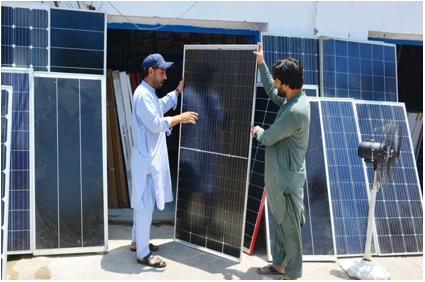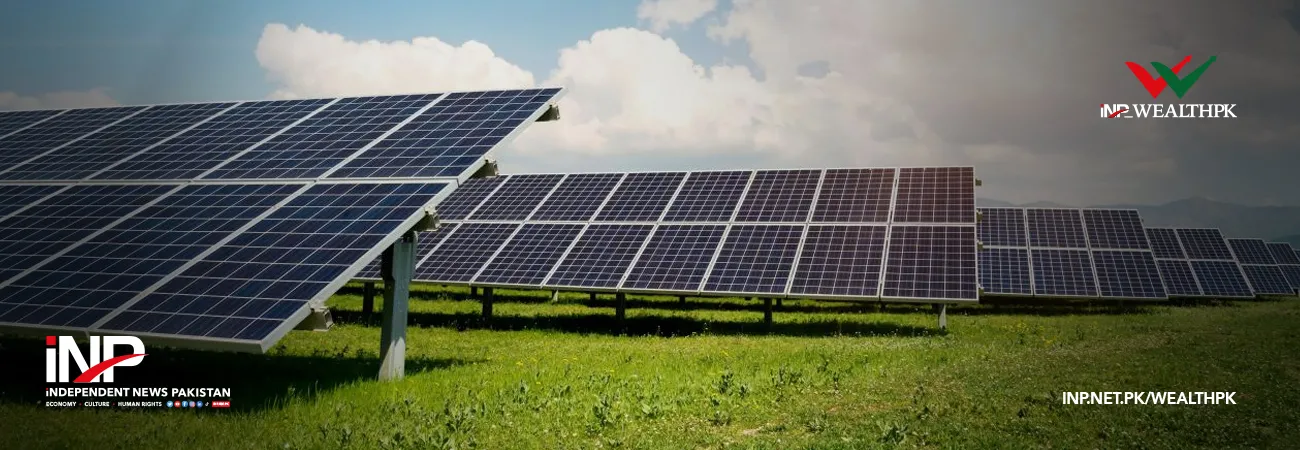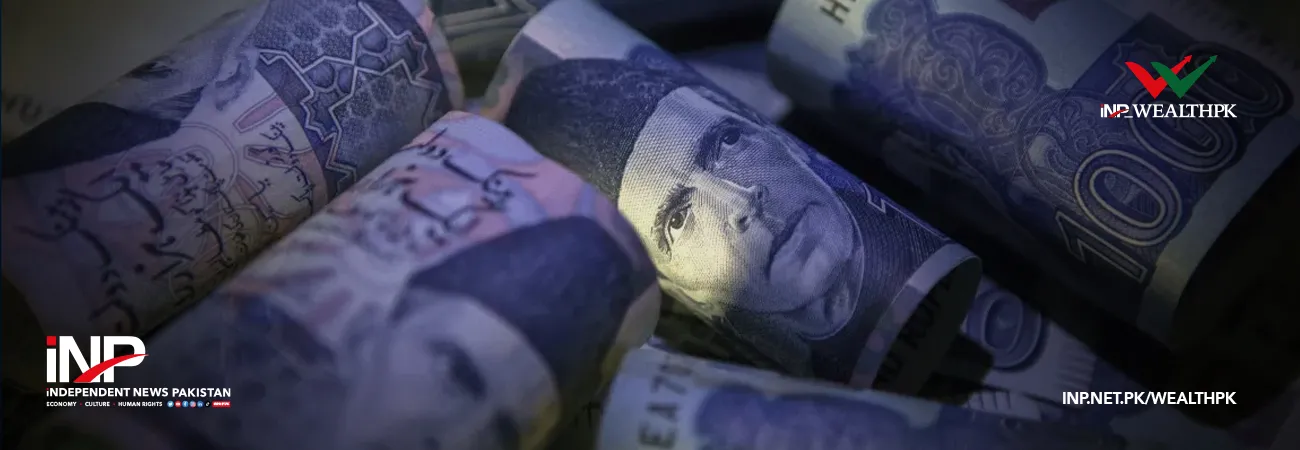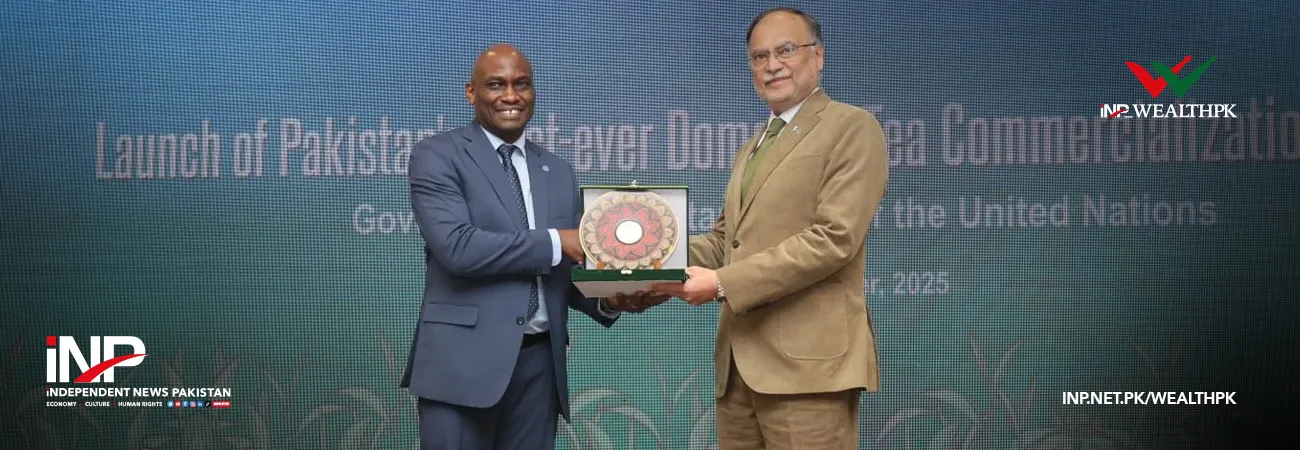INP-WealthPk
Shujauddin Qureshi
Amid persistent power outages and rising electricity costs, Karachi and the broader Sindh province are experiencing a significant shift. A surge of solar energy projects is rapidly expanding throughout the region, driven by government initiatives and bolstered by the sole power company in the private sector, K-Electric, reports WealthPK.

In late May 2025, the National Electric Power Regulatory Authority (NEPRA) approved two major solar power projects in Sindh, with a combined capacity of 270MW. The first, a 120MW plant, will be established in Deh Halkani, while the second, a 150MW facility, is planned for Deh Methagar. Both are located near Karachi.
These solar projects, being installed by the provincial government, are specifically targeted at reducing load-shedding in Karachi, Pakistan’s largest city and economic hub, which has long braved an unreliable electricity supply. By adding 270MW solar capacity to the grid, the province is expected to reduce its reliance on fossil fuels and imported power, both of which are costly and environmentally damaging.
“Solar energy will ease the burden on our grid and reduce power cuts in Karachi,” said Sindh Energy Minister Syed Nasir Hussain Shah after the NEPRA’s decision. By integrating large-scale solar power into the grid, Karachi is set to benefit from a more stable and sustainable energy supply, Shah remarked.
“Sindh is leading in alternative energy, as there is a lot of potential for solar and wind energy,” said Yasir Ahmed, Director of Climate Action Centre. Talking to WealthPK, alternative energy expert Yasir Ahmed said the Sindh government has already established the Sindh Electric Power Authority (SEPRA), but it is not fully functional yet.
“The provincial government has earmarked Rs5 billion for solar energy in the Budget 2025-26,” he said, adding that this is in addition to the setting up of mini-grids in 18 districts of the province. The mini-grids will help distribute the solar energy produced locally. K-Electric also plans to install its solar power plants, said Yasir.
Parallel to the utility-scale solar projects, the Sindh government has also launched a landmark programme to distribute free solar home systems to low-income families, especially those who live in off-grid areas.
As promised in the 2024 election manifesto, the Sindh government, led by the Pakistan People’s Party (PPP), has launched the Sindh Solar Energy Project (SSEP), aiming to reach 200,000 households by July 2025, with each household receiving a solar kit that includes a solar panel, a fan, three bulbs, a battery backup, and a mobile charger.
“These solar home system kits are designed to meet the basic electricity needs, especially in areas plagued by frequent power outages,” an official at the Sindh Solar Energy Project told INP-WealthPK, pleading anonymity. The households provided with solar kits are identified as the most vulnerable families through the Benazir Income Support Program (BISP) database. The US$100 million initiative is supported by the World Bank, he said.
The government has set the target to expand this program, with an additional 500,000 solar systems slated for distribution to low-income households later in 2025. The PPP in its 2024 election manifesto pledged to provide 300 units of free electricity to low-income families through solar home systems – a move that promises substantial relief for those struggling to pay their bills.
For households that receive free solar kits, the cost savings are significant, as they no longer need to rely exclusively on the national grid for their basic energy needs. One of the most immediate and tangible benefits of Karachi’s solar rush is reduction in the electricity costs for consumers. Despite a uniform power rates policy by the federal government, the citizens of Karachi receive inflated power bills from K-Electric.
Credit: INP-WealthPk













